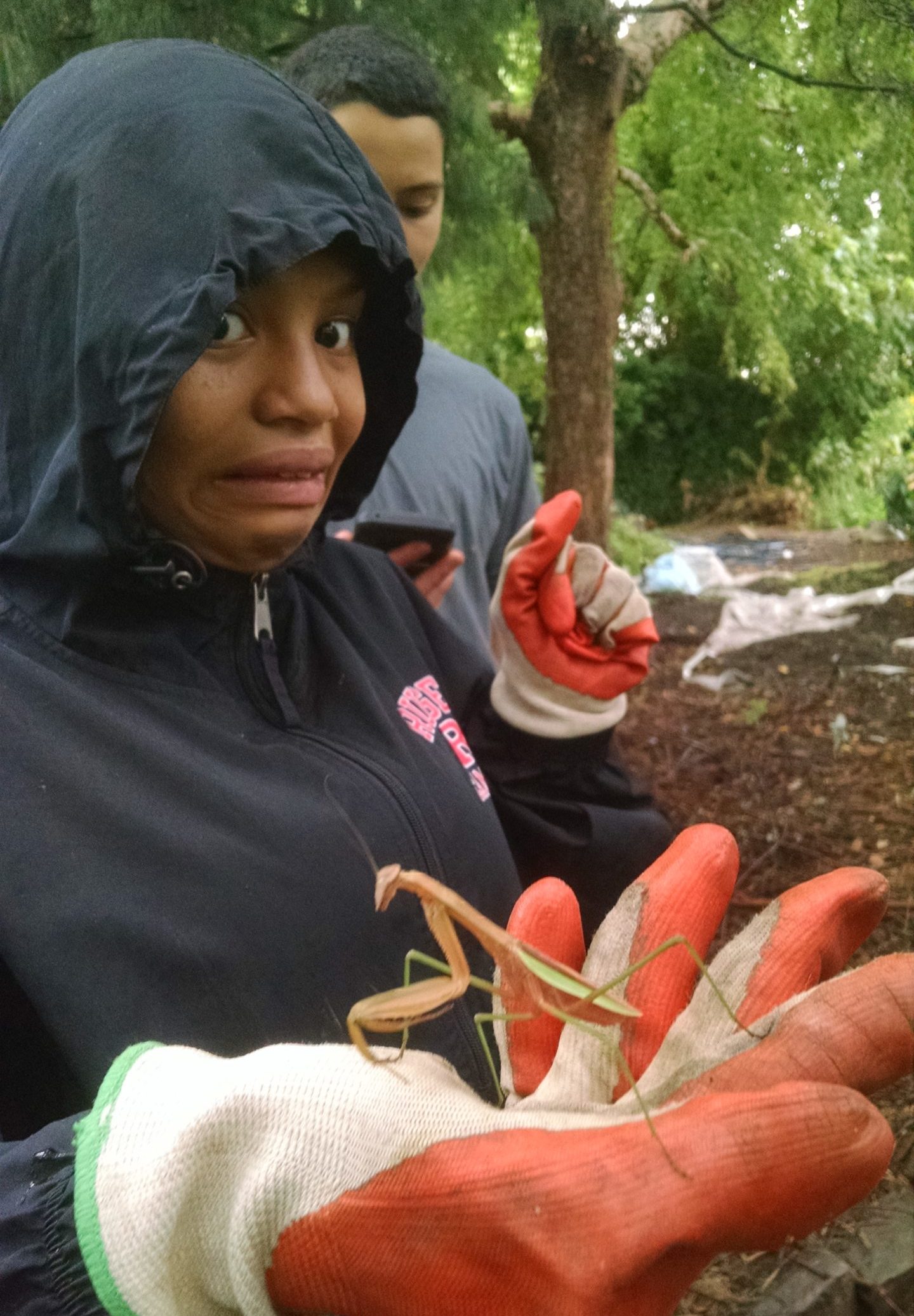A Message from Our President (June Edition)
Greetings to all of you on this weekend prior to the summer solstice!
It is hard to believe that 2013 is already close to six months old. Wasn’t it just yesterday that we were hunkered down, keeping warm in our homes, peering out at nature in its hibernating reality? Now, we are in the midst of a great tumult of life, as the vegetable gardens explode with juicy and colorful produce. I’m sure my sitting here in southern New Jersey influences how I experience mother nature in her rhythms. If I were writing from San Diego, or from San Antonio, I suppose the experience of those rhythms would be quite different. What I find wonderful about this part of the planet is that we experience the full scope of the seasons each year. A gift, for me!
Cathy and I were watching an episode of the BBC series “Life” last night. We watched the episode about fish. It was amazing! There are the sea dragons that every spring engage in a beautiful romance that includes synchronized swimming, ending in the fertilization of hundreds of eggs which the father dragon carries on his tale until they hatch. These incredibly fragile-looking fish are a wonder to behold! We were introduced to the mudskipper, a fish who lives a lot of time out of the water. As the name suggests, these fish come out of their tunnels when the tide goes out, and they splash around in the mud. They build their tunnels by using the only tool they have: their mouths! Hundreds of times a day they travel in and out of their caves, with mouthfuls of sands, spitting small globs of sand onto the surface, to keep their homes clear. What is even more astounding is that at the end of their winding subterranean home is a cavity protected by a gelatinous cover. In this cavity are the mudskipper’s eggs. They need oxygen to survive, but there is no access to oxygen in these cavities underground. So, the mudskipper carries oxygen in his or her lungs from the surface to this cavity, sticks her head through the gelatinous cover and exhales the critical oxygen! It boggles my mind at how creative is the working of God in nature.
There is too much to name in what we discovered last night, but we hear about several symbiotic relationships between fish that reminded me that there is much we constantly bickering human beings can learn. The clown fish and the anemone have a very productive relationship. The clown fish is one of those rare fish that is immune to the poisonous sting of the anemone. So, this very vulnerable fish finds safe harbor in the anemone. What does the anemone get? It gets the waste of the clown fish, a critical source of nutrition. There are other equally impressive demonstrations of nature’s way to enable working relationships between species that are win-wins. The list goes on and on…
As I sit here this afternoon, I wonder about how difficult it is for us human beings to learn ways in which to live together peacefully, with each other, and with nature. There are too many examples to cite that demonstrate our failure to learn this important lesson. I agree with Tom Shadyack, producer of the recent documentary, I AM, whose probing of scientists and leading thinkers around the world, led him to the conclusion that human beings, like so much of nature, are meant to be in cooperative, mutually beneficial, relationships. It is very difficult to live that insight in a culture that is premised on a “winner take all” proposition. We can learn from nature, we can learn from ourselves at our best, how to live in peace with our neighbors, both next door and across the globe. Of all the beautiful and creative and amazing realities of nature and nature’s God the most beautiful, creative and amazing is the human being. Some think this claim means that human beings are better than, and can dominate for their own good, all of nature. I prefer to consider our amazing capacities for imagination, creativity, intelligence, and love to put us in the best position to allow the universe and all within it to reach conscious reflection in our poetry, and our music, and our literature, and our science, and our politics and our religion. As the cosmologist Brian Swimme proclaims, we are all stars since we have the same chemicals in us that at one time were in a star. I like to be a bit more earthy in my take on this line. I like to think we are all sea dragons, mudskippers, clown fish and anemones; we all breathe the same air, we are made up of the same stuff, and like these beautiful and ingenious animals, we are a wonder to behold.
I hope this summer solstice, the longest day in this part of the world, offers you an opportunity to wonder.
Peace,
Mark Doorley
President, Board of Trustees



